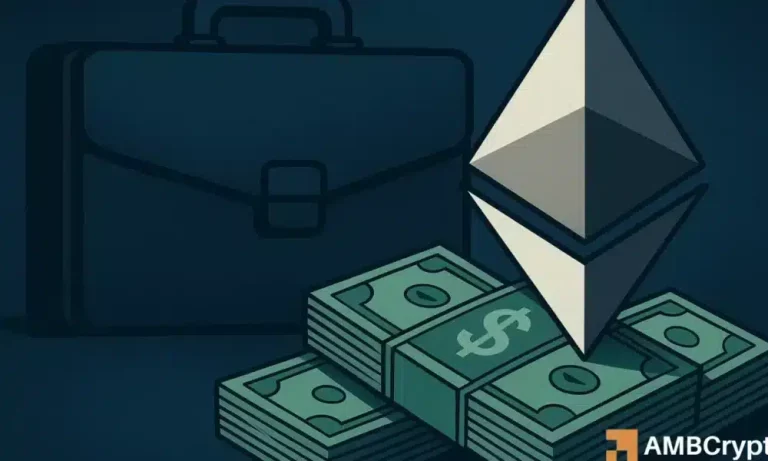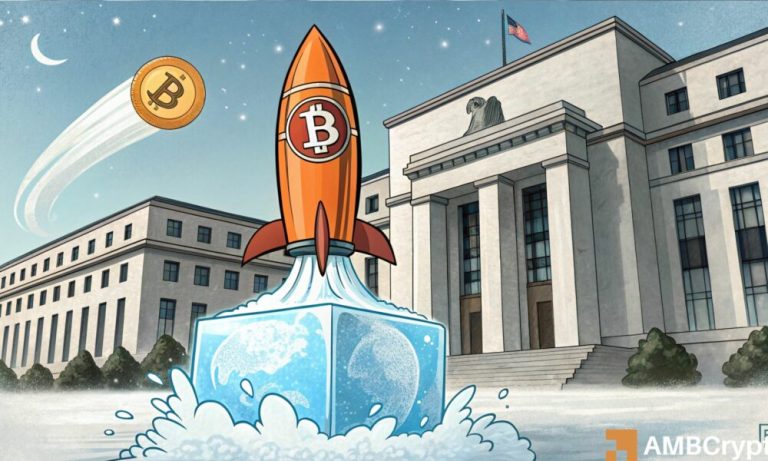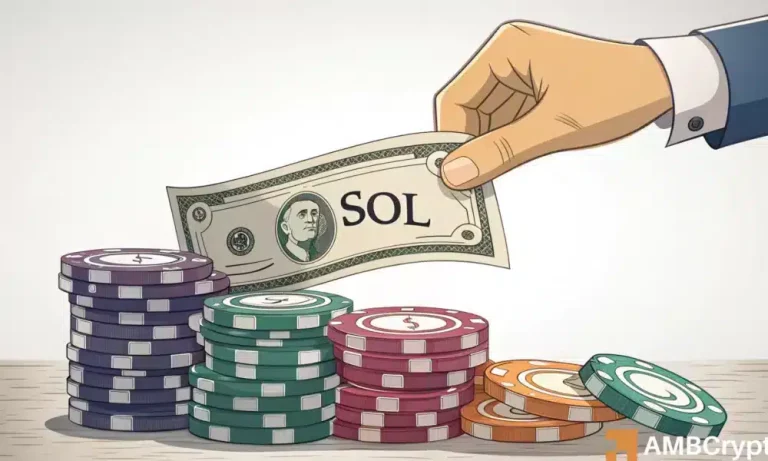In a pivotal moment for global finance, SWIFT has officially retired its outdated MT payment system, fully transitioning to the ISO 20022 messaging standard this month. This major upgrade stands to revolutionize how banks complete cross-border transactions, creating faster, more transparent communication, and providing a gateway for blockchain technology integration.
What is ISO 20022 and Why Does It Matter?
ISO 20022 is not entirely new—it was first introduced in 2004—yet its significance has grown exponentially in recent years due to advancements in financial technologies and the rise of blockchain. Designed to modernize how financial data is shared, this global standard allows for faster processing, more detailed transaction data, and improved interoperability across institutions worldwide.
This month marked the end of the coexistence period between SWIFT’s legacy MT system and ISO 20022. From now on, financial entities must upgrade their systems, making ISO 20022 the default messaging standard for cross-border payments.
How ISO 20022 Bridges the Gap Between TradFi and Blockchain
One of the most exciting facets of ISO 20022 adoption is its inherent compatibility with blockchain networks such as XRP, Stellar (XLM), XDC Network, and Hedera Hashgraph (HBAR). These cryptos were developed with ISO 20022 compliance in mind, positioning them as ideal candidates to work seamlessly within global banking systems. This potentially sets the stage for decentralized finance (DeFi) to integrate with traditional finance (TradFi), fostering smoother cross-border payments, streamlined remittances, and tokenized asset transfers.
Nick Carlson, a financial analyst, notes that this transition isn’t just about Ripple and XRP. “As financial data becomes more structured, programmable, and interoperable, utility-driven cryptocurrencies will see increased real-world application,” he says. ISO 20022 is poised to elevate projects prioritizing utility and real-world use cases over speculative trading.
What This Means for the Future of Global Finance
The adoption of ISO 20022 is more than just a technical change; it represents a paradigm shift for the financial industry. By enhancing interoperability and enabling blockchain integration, the gap between traditional and decentralized finance is narrowing.
If you’re a financial professional or simply interested in leveraging this transition, consider exploring tools and resources in the crypto space. For instance, the Ripple XRP platform is a leading option for institutional cross-border payments, offering a reliable bridge between traditional and blockchain economies.
This transition to ISO 20022 could be the catalyst for widespread adoption of blockchain technologies, especially those focused on practical, utility-driven solutions.
Stay Updated on Financial Evolution
For more details and expert insights on blockchain and financial advancements, follow trusted sources like CoinPedia. Remember, as the financial world embraces innovation, staying informed is crucial. Always do your own research before making significant investment decisions.



